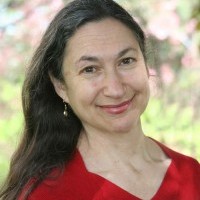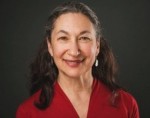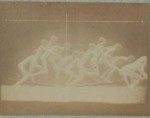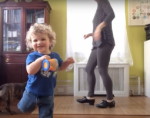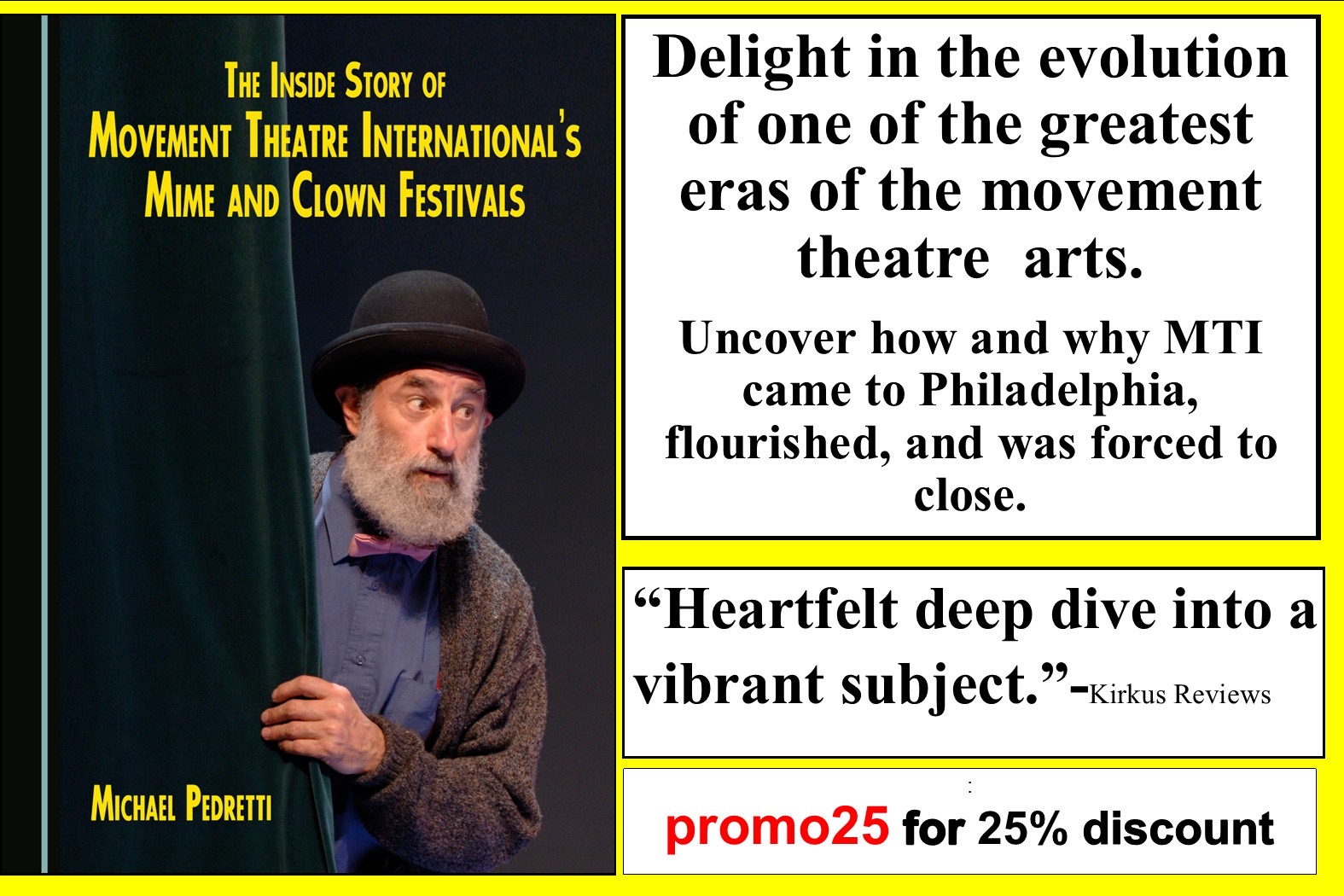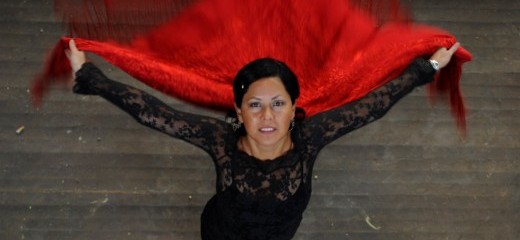
Flamenco, Now
by Lynn Matluck Brooks
Lynn Matluck Brooks interviews Elba Hevia y Vaca, Artistic Director and Founder of Pasión y Arte Flamenco.When did you arrive in Philadelphia? What was the flamenco scene like then?
It was 1983. There was one company, Flamenco Olé, led by Julia Lopez. She had a large studio and following. I worked with her briefly, but that wasn’t the direction I wanted to go in. So, I didn’t dance flamenco for eight years. I took modern technique classes and jazz, trying to find something that would invigorate me. But I was homesick! I tried every other dance. Nothing filled that void. Flamenco is not an option; for me, it’s a way of life. I started going back to Spain two months each year.
What directions was flamenco taking in Spain?
Flamenco, within the gypsy culture, has this amazing impromptu feel: they live and breathe it. But in a theatre performance I want to see something different. There was Antonio Canales, a modern, brilliant choreographer. Antonio Gades came after that. These people were forging a new path. There’s narrative in flamenco now—flamenco is an idiom to say things that you need to say.
During your time in Spain, did you study with any women?
In Madrid in the late ‘80s, early ‘90s, no. I didn’t get into the innovation in flamenco as much. I was touching the ground, feeling it out, going to performances. I decided after three years in Madrid to go to Sevilla. That’s when I found the women protagonists that forged my direction—Rafaela Carrasco, Belén Maya, Isabel Bayón, Eva Yerbabuena—women who are making work that is twenty-first century, that speaks to now. I go on a yearly trip to feed myself, because what we get in the United States can be a bit stereotypical. That’s not interesting for me.
How has the reception of flamenco in Philadelphia evolved in the time you’ve been here?
Pasión y Arte is the only company in Philadelphia that does this kind of work; the rest are more traditional. The work is wonderfully received. The audience is really not ethnic. It’s definitely more women—the work speaks to women. And also we get the Fringe audience, the Live Arts people—a huge community.
Pasión y Arte is about educating the public—removing the stereotypical images of women and showing that flamenco is this and more. It hasn’t stayed back there. You go to Spain and it’s changing, moving, evolving.
What led to your collaboration with Rosario Toledo?
I had seen her work many times but never had an opportunity to take class with her because she’s so busy performing. One time when I was in Sevilla, she was teaching in Andrés Marín’s studio. I observed her class and was mesmerized by the freshness of her movements. Her choreography is brilliant. I asked if she could do private classes. That’s when we started having conversations about her approach, because her work is ballet, modern, and theatre—with a comedic tonality I’ve never experienced before. It’s about tragedy, but she twists it, which really interests me.
The time you stepped away from flamenco and studied other forms—does that help in working with Rosario?
Correcto. I continually take different classes in Philadelphia. I’m interested in how the body moves. And Rosario has a similar approach because she’s a bailarina also. She has an expansive way of approaching flamenco.
On your website your dancers blogged about a floor warm-up and rehearsals without shoes. Were you struck by this when you studied with Rosario?
Yes, we are percussionists the minute we get the shoes on. But she was interested in her language, her body, her particular way of expressing. In modern dance you’re always trying to discover this. In flamenco we have this very rigid posture and we have to imitate. She’s going inside, peeling back the layers.
Have you incorporated these elements into your teaching?
Yes! Imagine three weeks with her, six hours a day. The first time I taught after those weeks, I was Rosario! Suddenly I was approaching my classes in a whole different way.
Where does the project with Rosario Toledo go from here?
We did it at the Fringe Festival as a work in progress. And there’s a documentary, the process of her work. Then we did APAP [the Association of Performing Arts Presenters Conference], and there’s the March festival [March 19-April 1, 2012] in Philadelphia and summer performances.
For the festival, we have Pasión y Arte and Rosario Toledo in performance, a symposium with flamenco scholars, three master classes, and a screening of two documentaries—one by Lise Raven about our collaboration with Rosario and the other by Carolina Loyola-Garcia, whose Inheritors of a Burden explores flamenco in America. We hope this will be a biannual event. I would like to invite companies from the U.S. that are doing innovative work.
Pasión y Arte has been around ten years. At first, I was just interested in making work. Now we are represented by Pentacle [a New York-based booking and support agency], so that’s a beginning. I would like to show this work, and work like it, throughout the country, to be a touring company with Philadelphia as its base. I think it’s time.
First Philadelphia Flamenco Festival, March 19 to April 1.
By Lynn Matluck Brooks
February 29, 2012

